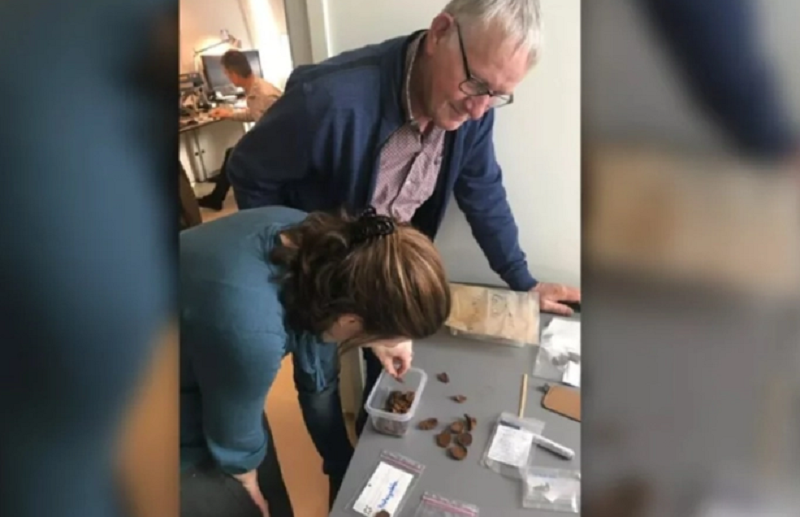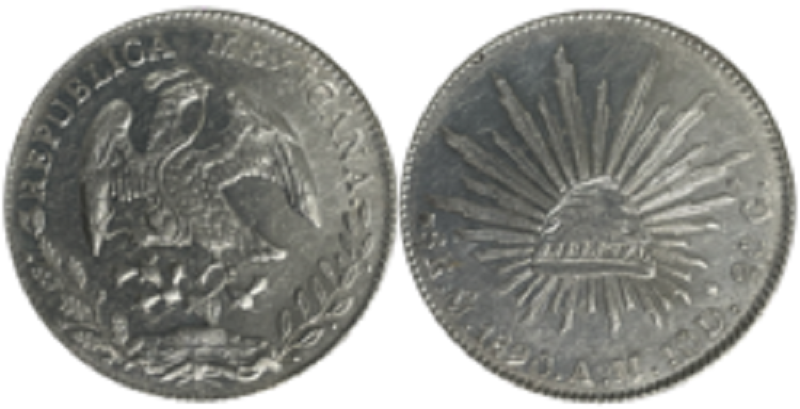Ancient coins on the banks of the river in the Netherlands are not only valuable as antiques, but also as a historical treasure containing a lot of interesting information.
According to Live Science, a research team from the Dutch Agency for Cultural Heritage and Leiden University (Netherlands) has found clues to the mysterious treasure that a metal detector found along the Aa River in the village of Berlicum.

Archaeologists are analyzing the extraordinary treasure
The treasure included four silver denarii and 103 bronze denarii, as well as an axe. After being reported about the discovery, the Dutch organization Portable Antiquities continued to survey and found a pendant, a horse harness and 2 Roman coins. All of the artifacts date back more than 2,000 years: the coins were minted between 27 BC and 180 AD, while the pendants date from around 120 to 300 AD. .
“This may be a pre-Roman custom, continued during the Roman period but in a different way, and may still exist” – said Dr. Liesbeth Claces from Leiden University. This custom is to “offer” the water god money or an item to be able to safely travel through a nearby dangerous river junction. Because the belief spans centuries, the objects left on the riverbank also belong to many different ages.
“Roman period” is the period when the Roman empire expanded, occupied many regions in Europe but also added many special things to the civilizations in the region.
The research team also revealed many details about this treasure, plus some other archaeological evidence, also raising suspicions about a Roman fortress still hidden on the banks of this river. Therefore, spontaneous metal detection work on the riverbank has now been limited to “give way” to professional searches.




